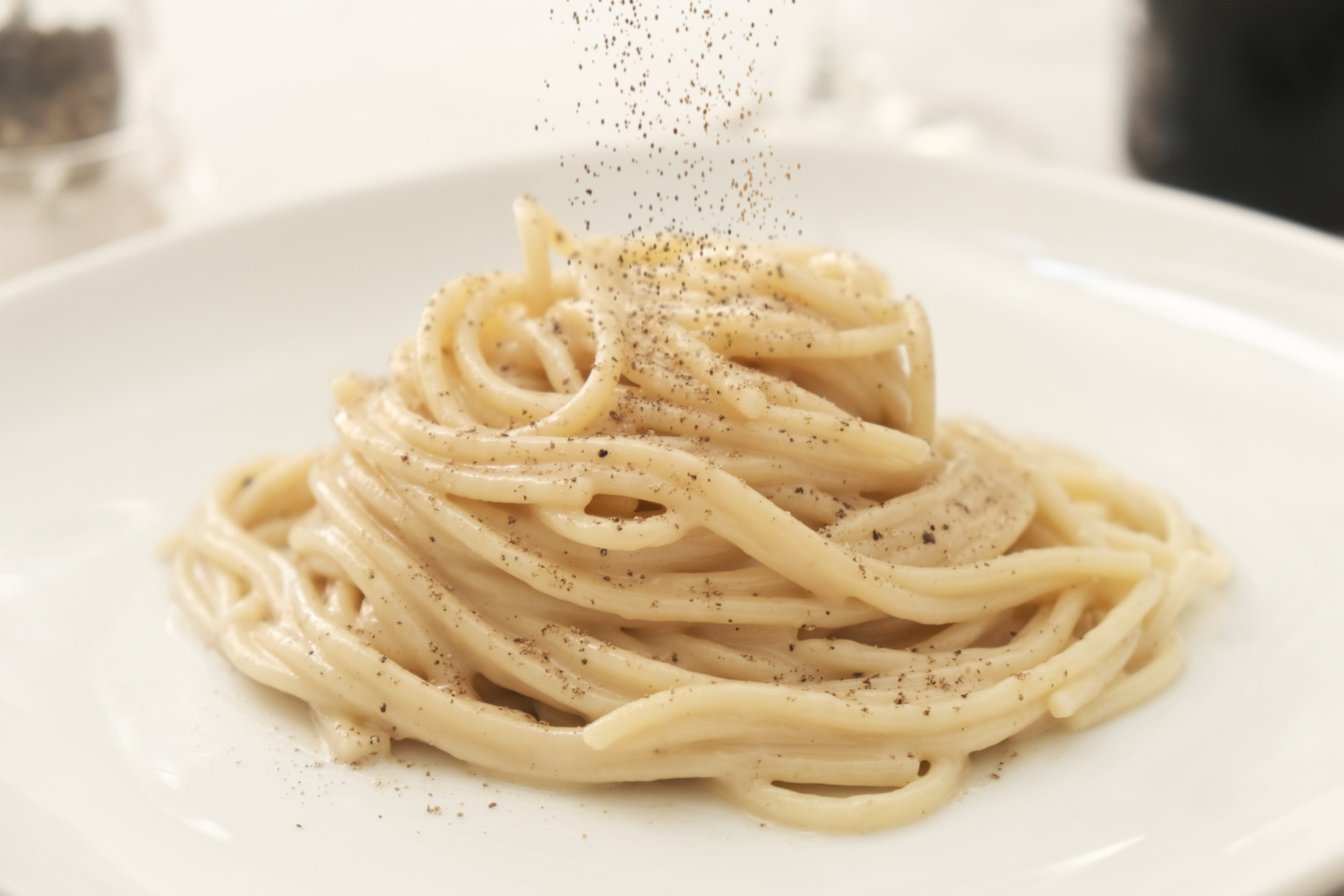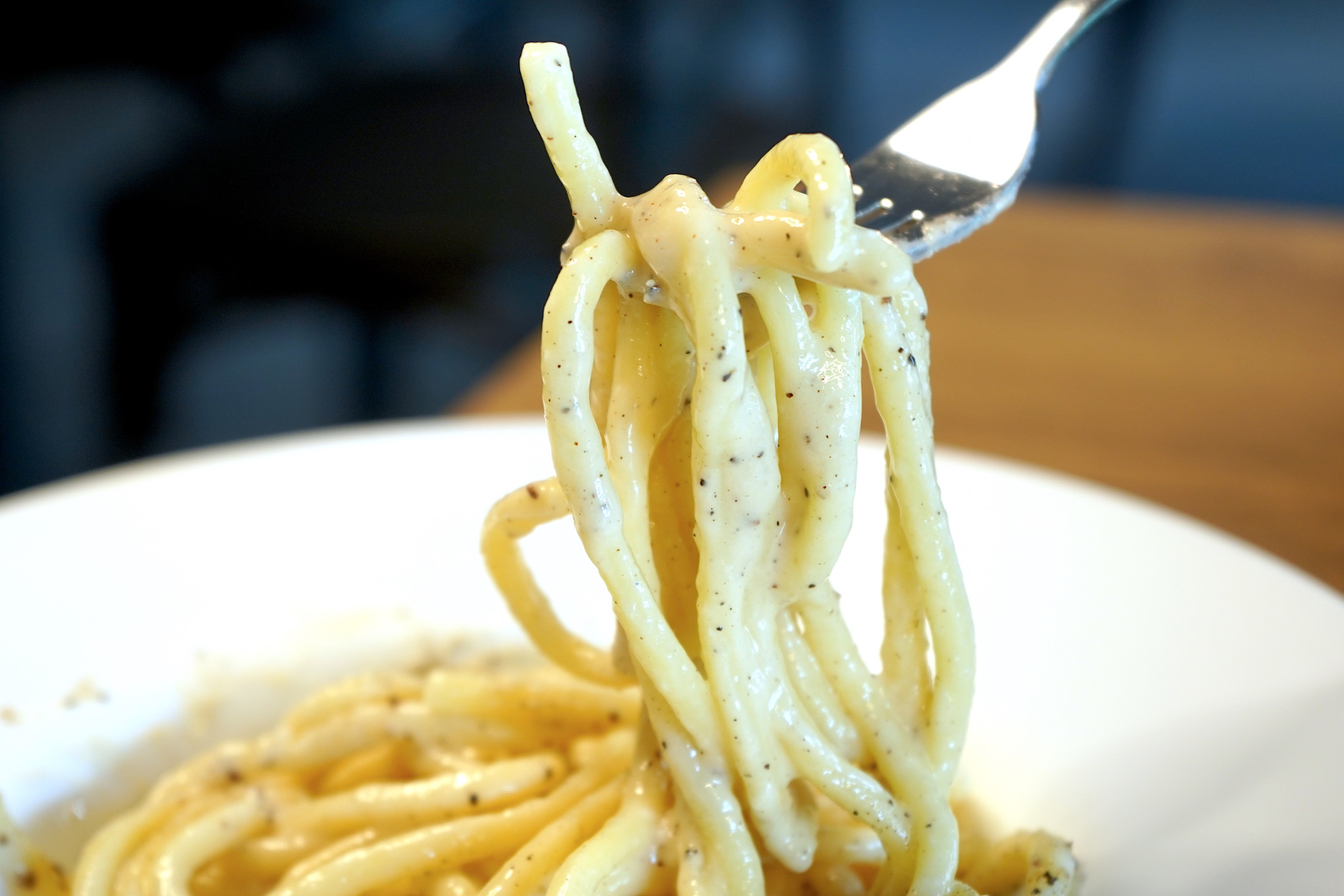What does cooking have in common with transhumance? A lot, if we think of the past, when shepherds with their flocks of sheep left from Abruzzo, Molise or Umbria and traveled the so-called tratturi, that is, small and unpaved country roads, to reach the Roman countryside.
It was a long journey, on foot, and had to be faced with adequate nutrition as well. First of all it had to be substantial, but also not perishable. It had to be able to support the shepherds during the long walking days.
Ph. Carolina Fragapane

For this reason, the food supplies were made of simple ingredients such as pecorino cheese, cheek lard, a little pepper, dry pasta made with water and flour. Everything needed to face the long journey separating the Adriatic coast or the heart of Italy from Rome, had to be put in a bag, to be carried on the shoulder or in the saddle of a mule.
We begin to understand why Roman cuisine is made up, in large part, of dishes rich in taste but with humble ingredients (even if not easy to make, as we will see shortly). We already talked about Gricia. This time we will focus on Cacio e Pepe. Just three ingredients: pecorino romano cheese, black pepper granules and pasta. No oil, no garlic, no onion. A very simple mix that turns into a triumph of taste.
Ph. Carolina Fragapane

On the other hand, no shepherd could use the precious extra virgin olive oil. And so thanks to the creativity in the kitchen, characteristic of the whole Italian peninsula, this tasty cream, made of not too seasoned pecorino and freshly ground pepper, was born. The secret, according to many chefs of the Roman tradition, is to use a not too seasoned pecorino, to avoid the formation of lumps or the unpleasant stringy effect of the cheese.
Ph. Enrico Nocera

Generally a long pasta like spaghetti is used. It is cooked al dente and then placed in a container where we have put grated pecorino cheese and freshly ground pepper. Raw, without creaming on fire. The cooking water of the pasta, rich in starch, avoids the formation of lumps and makes the ingredients blend perfectly.
A question of culinary technique and balance, according to the old proverb: the fewer ingredients we have, the more difficult it is to cook. This is true for Cacio e Pepe as well as for Gricia, Amatriciana or the more contemporary Carbonara.

